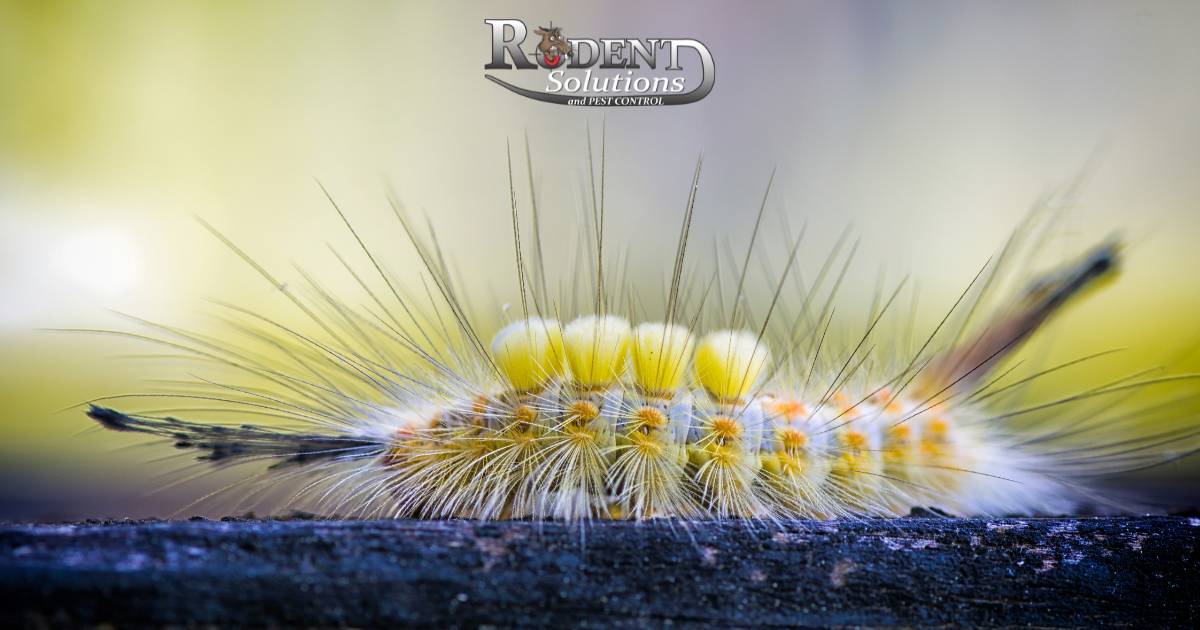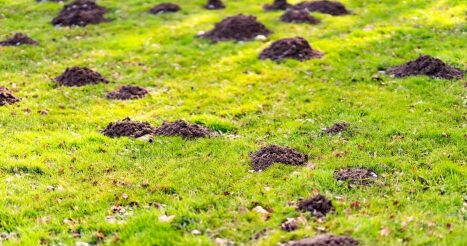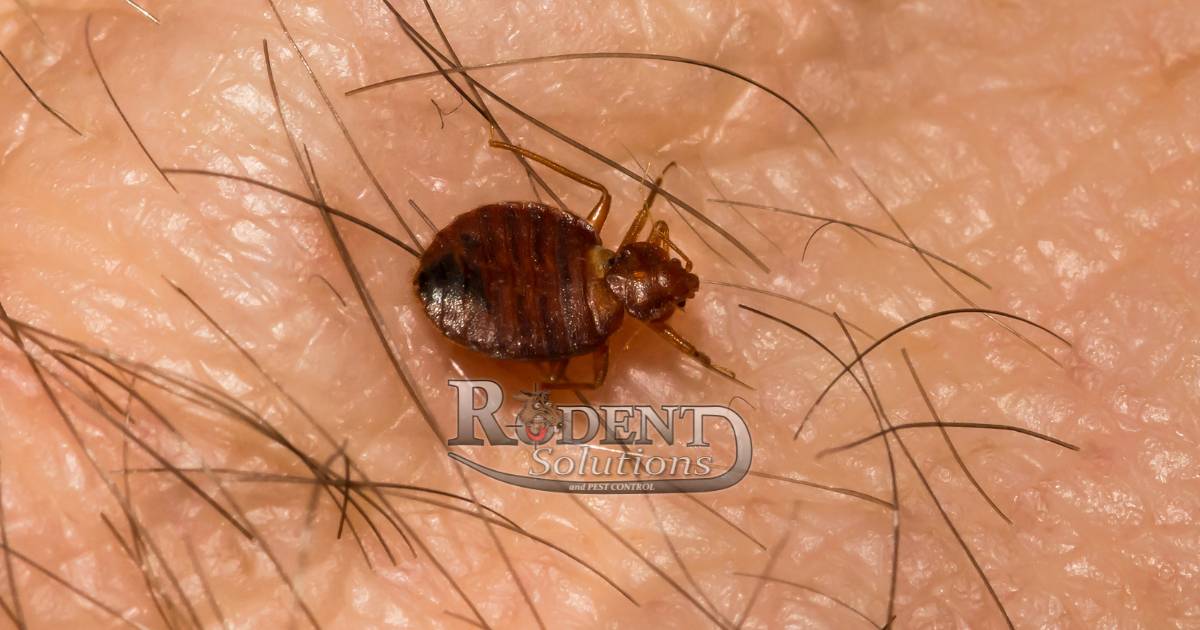If you’ve ever had to deal with fruit flies in your home, you know how annoying and persistent they can be. As a pest control company in Lakewood Ranch, it is a call we commonly receive. We will cover all things fruit flies in this article. In this ultimate guide on fruit flies, we’ll explore everything you need to know about these pesky insects. This will include how to get rid of fruit flies, how to prevent fruit flies, their biology, behavior, and the most effective ways to prevent them from returning.
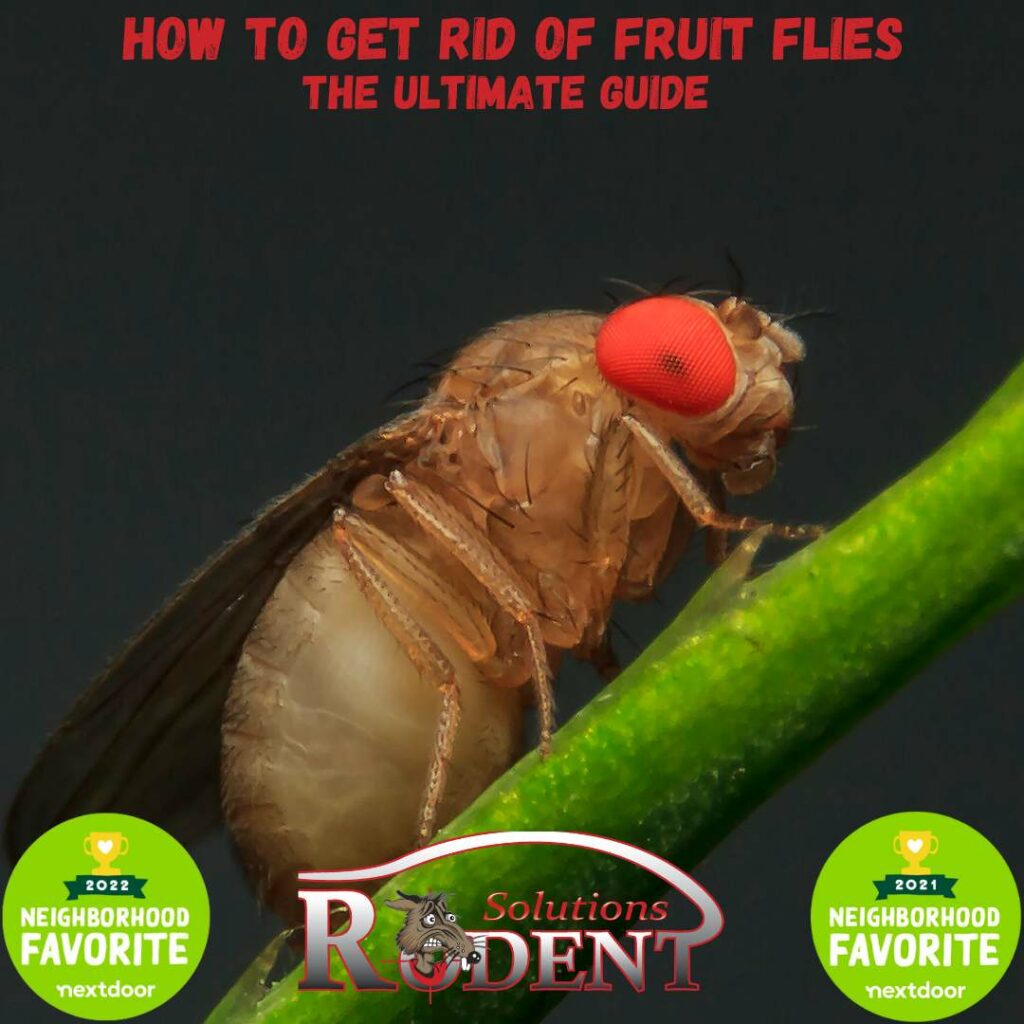
What Are Fruit Flies?
Although they might be a nuisance as far as pest control goes, these tiny insects are essential to the ecosystem and can be found worldwide. They are known for their quick breeding cycles and ability to survive in various environments. Fruit flies, also known as vinegar or pomace flies, are small, brownish-yellow insects about 1/8 of an inch in length. They have red eyes and are commonly found around ripe or decaying fruit, vegetables, and other organic matter. Fruit flies are attracted to the sweet, fermenting aroma of overripe or rotting produce, and they are often found in kitchen and dining areas, as well as in garbage cans and compost piles. They are a common issue for our commercial pest control customer’s restaurants
Life Cycle
Fruit flies have a short life cycle of 7-10 days and can produce multiple generations quickly. Any delay in calling an exterminator can allow this problem to grow quickly. The female fruit fly lays eggs on the surface of overripe or rotting fruit or other organic matter. The larvae that hatch from the eggs feed on the material as they develop. After approximately 4 days, the larvae pupate and eventually emerge as adult fruit flies. The life cycle of a fruit fly can be divided into four stages: egg, larva, pupa, and adult. The entire process from egg to adult can take as little as seven days, depending on temperature and humidity.
Fruit Fly Stages
- Egg Stage: Female fruit flies lay their eggs on the surface of fruits or other decaying organic matter. They can lay up to 500 eggs in their lifetime. The eggs hatch into larvae within 24-30 hours.
- Larva Stage: The larvae feed on the organic matter, including the fruit where they were born. This stage lasts 4-5 days, during which the larvae go through three instars or growth stages.
- Pupa Stage: The pupa stage lasts 4-6 days, during which the larvae transform into adult flies.
- Adult Stage: The adult fruit fly emerges from the pupa, and the cycle begins again.
Fruit flies are also known for their mating behaviors. Male fruit flies will often compete for the attention of a female by performing elaborate courtship displays, including singing and dancing. Once they have mated, the female will lay her eggs on a suitable surface, and the cycle begins again.
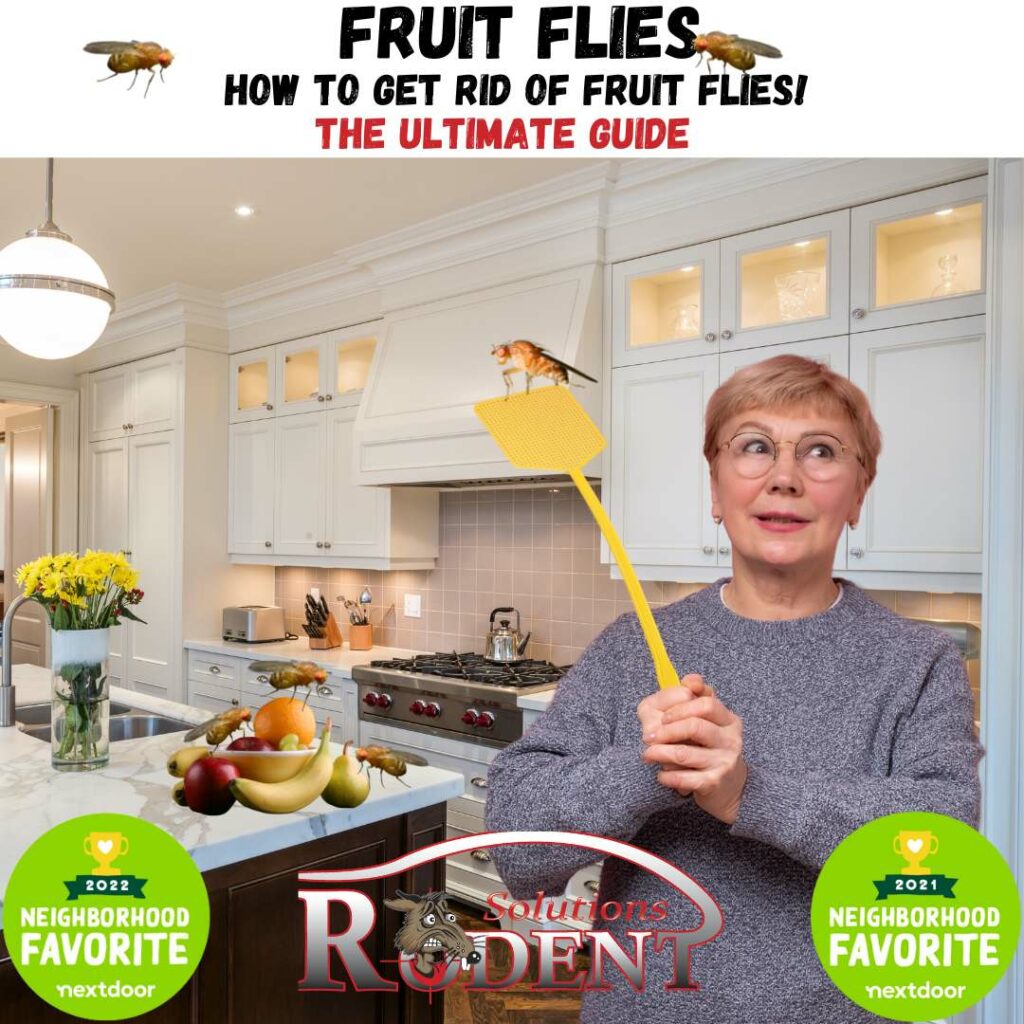
Fruit Fly Behavior
Fruit flies are attracted to fermenting or rotting fruit and vegetables. They are also attracted to other sweet or sugary substances. Typically they are active during the day and are attracted to light & warmth. They also love being in moist, damp environments, so they reproduce in kitchen sink drains. They can hide and feed on food particles in the sink. Fruit flies can be a nuisance in homes, restaurants, and other areas where food is prepared or stored. They can fly short distances and are often found in clusters around a food source. Fruit flies are not harmful to humans but can contaminate food and cause irritation with their presence. Situations conducive to attracting fruit flies may also attract Gnats. There’s an in-depth article on them linked below.
Read more about a related pest: Gnats: Always in your face, Always Annoying, But There’s Help
Scientific Research
The fruit fly, known scientifically as Drosophila melanogaster, is a tiny insect with great significance in scientific research. Despite its small size, the fruit fly has proven to be an invaluable tool for genetic studies, providing insights into the workings of the human genome. They are also known for their hardiness and ability to survive in extreme environments. This has led to studies on the mechanisms of stress resistance and aging, with the fruit fly serving as a valuable model organism.
How to Get Rid of Fruit Flies
There are several effective ways to get rid of fruit flies, depending on the infestation’s severity and the problem’s location. Here are some of the most effective methods for getting rid of fruit flies:
- Identify and eliminate the source of the problem. The first step in getting rid of fruit flies is to locate and destroy the infestation’s source. This may involve throwing away overripe or rotting fruit, cleaning up spilled fruit juice or wine, or taking out the garbage and cleaning the garbage can.
- Set up fruit fly traps. Several types of fruit fly traps are available, including sticky traps, baited traps, and DIY traps made from apple cider vinegar and dish soap. These traps can help to capture adult fruit flies and reduce the number of insects in your home.
- Clean and sanitize your home. Fruit flies can breed and multiply in dirty or unsanitary environments. Cleaning and sanitizing your home regularly is essential. This may involve washing dishes and countertops, cleaning the garbage can, sanitizing the garbage disposal, and wiping down surfaces with disinfectant.
- Use insecticides as a last resort. If other methods have failed to eliminate fruit flies, you may need an insecticide to kill the insects. Using insecticides safely and following the label’s instructions carefully is essential. Calling a pest control company near you, such as Rodent Solutions, is always the best practice when using chemicals.
How Do You Catch Fruit Flies?
Leave your fly swatter in the garage! There are better methods for catching the fruit fly than squishing them all around your house!
- One of the most popular methods for catching fruit flies is to create a homemade trap using apple cider vinegar and dish soap. Simply fill a container with vinegar and add a few drops of dish soap, which will reduce the surface tension of the vinegar and make it difficult for the fruit flies to escape. The fruit flies will be attracted to the vinegar, enter the container, and become trapped.
- Another effective method is to use a sticky trap, which can be purchased at most home improvement or hardware stores. These traps use a non-toxic adhesive to catch the fruit flies. They can be placed near areas where they are most likely to congregate, such as trash cans or overripe fruit.
- You can also use a vacuum cleaner to suck up the fruit flies. While this method may seem extreme, it is highly effective. It can quickly reduce the number of fruit flies in your home. Remember to empty the vacuum canister or bag (outside) immediately after use to prevent the fruit flies from escaping. pest control
- This is a unique one that we recently read. The Farmer’s Almanac also recommended a “beer trap.” It sounds like a waste of beer to me, but it depends on how badly you want them gone. The Almanac says to pour about a half-cup of beer (old or fresh) into a mason jar with a lid. Hammer a couple of holes in the metal lid and secure. Fruit flies enjoy the beer and then drown. You can reuse this trap all summer!”
Personally, I’ll stick with 1-3. They also make chemical fly lures that you can put on the traps. They do work great, but cleaning up the issue’s source is where we recommend starting. If you can’t get a handle on the problem, our pest exterminators can help resolve the source of the issue.
Preventing Fruit Flies
The best way to deal with fruit flies is to prevent them from entering your home in the first place. Here are some tips for avoiding fruit fly infestations:
-
- Store fruit and vegetables in the refrigerator or sealed containers.
- Keep your kitchen and dining areas clean and free of food scraps and spills.
- Clean your garbage can, recycle bins, and garbage disposal regularly
- Be mindful of what you throw in your trash can. Leaving bad fruit sit in there for several days until the next trash day is often enough time to allow for fruit flies to appear even with a lid.
- Don’t leave dirty dishes or glasses sitting out overnight. Wash them or put them directly into the dishwasher
If You Just Can’t Get Them Handled!
If you’re having an issue with fruit flies and can’t handle it, let our Google 5-Star rated pest control company, Rodent Solutions, help you end the cycle. As graduates of Pest Management University, we have the knowledge to get rid of fruit flies once and for all. Contact us today for fast relief from this common issue.

Pest/Wildlife Control 15 Years
Construction for 13 Years
Pest Control License JB299099
Wildlife License LW203605
Pest Management University: Founders and Masters
AAS Degree in Drafting Design with a Concentration in Building Construction
NWCOA Member (National Wildlife Control Operators Association)
NWCOA Rodent Standard Certified
NWCOA Bat Standard Certified
NCWOA Certified Urban Bird Management Operator
NWCOA Zoonotic Disease Standard Certified
Member of the National Pest Management Association (NPMA)
Bird Barrier Certified Installer
Bird-B-Gone Authorized Installer
OSHA 10 Training Completed for the Construction Industry
Aerial Lift Certified
Fall Protection Certified


